name: inverse layout: true class: center, middle, inverse --- # Review slides to help studying Jennifer Mankoff CSE 340 Winter 2020 --- layout:false .left-column[ ## And Introduced Model View Controller ] .right-column[ Model - Model of a single interactor: Typically a field - Application model - Separate from view model - Typically more persistent (*e.g.,* a database) View - `onDraw()` in a single interactor - Interactor hierarchy in an application Controller - state machine in a single interactor - callbacks (*e.g.,* custom listeners) in an application ] ??? Different for Interactor and Application --- .left-column-half[ ## Event Dispatch 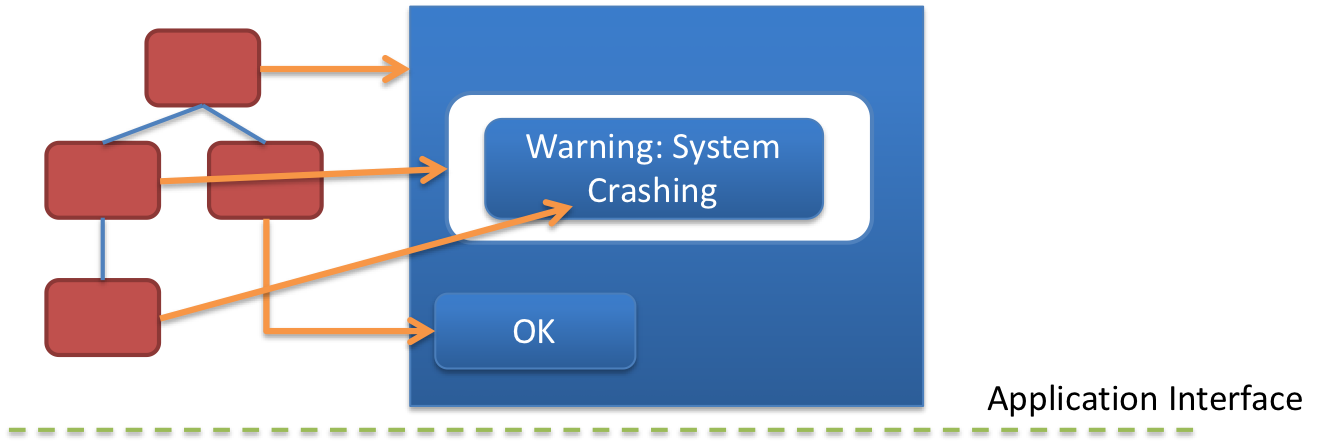] .right-column-half[ Dispatch Strategies - Positional (Bottom-first and top-down) - Focus-based State Machine describes *within-view* response to events ] --- .left-column-half[ ## Event Dispatch 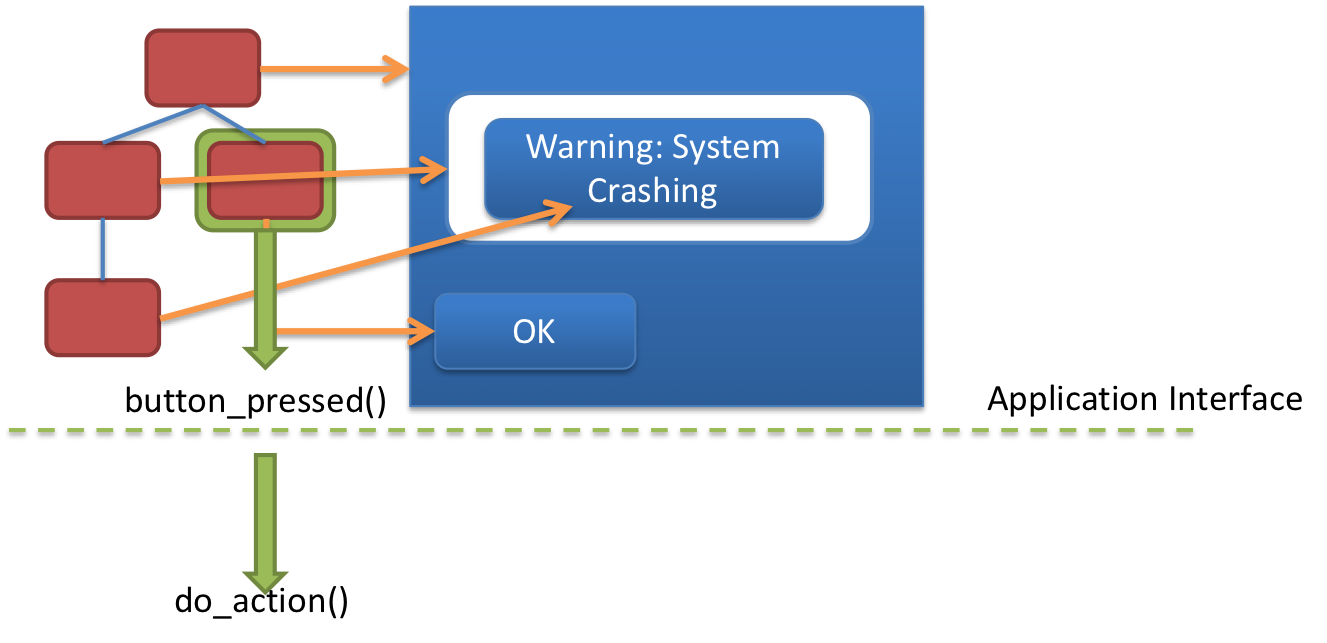] .right-column-half[ Callbacks handle *application* response to events - Update Application Model ] --- .left-column-half[ ## Event Dispatch 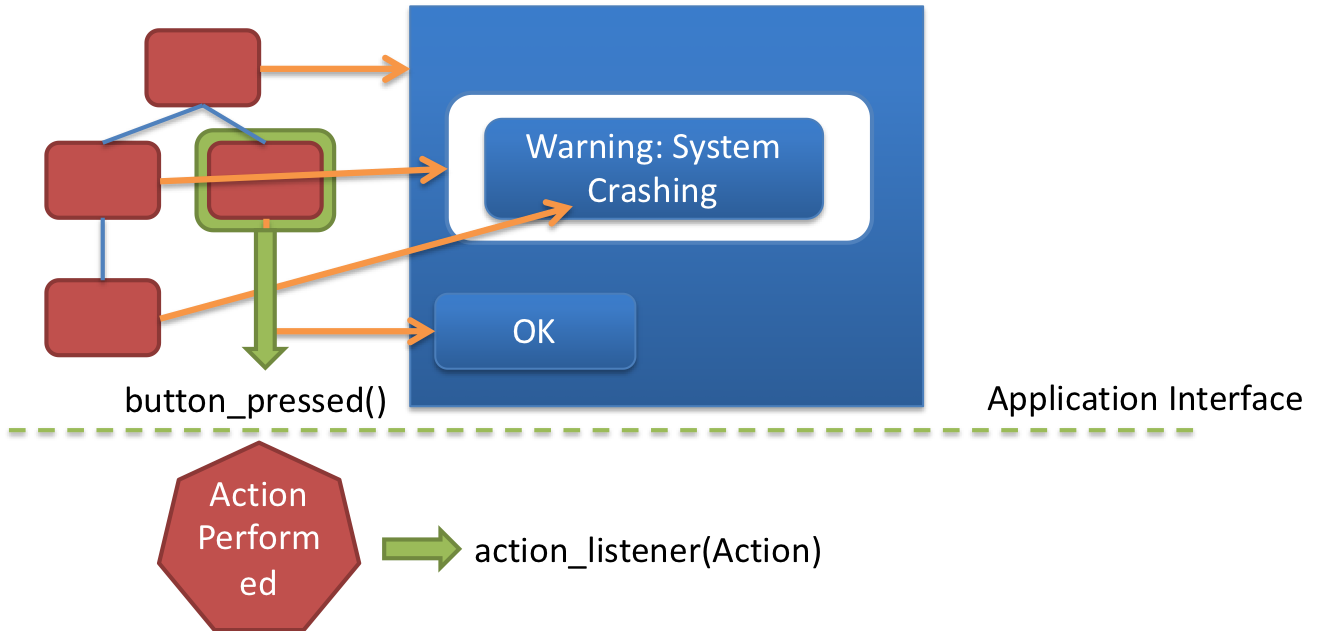] .right-column-half[ Callbacks handle *application* response to events - Update Application Model - Best implemented using custom listeners ] --- # Value of component abstraction Each component knows how to draw itself Based on what it is and its internal state Includes some common properties (inherited from a base class for all components), E.g. - position (x,y relative to parent) - size (w,h) - visible - Enabled Typically includes some specialized properties (declared in subclass) --- # More Output/Drawing Concepts Drawing primitives – populate a pixel array (*Frame Buffer*) Coordinate transformations (translate/scale/rotate/shear) & Clipping Fonts: Archaic origins, Non standardized - UI toolkit implications? --- .left-column[ ## Input/Event Concepts ] .right-column[ Devices - Logical: Valuator, Locator, Button, etc - Event vs. sampled devices - Absolute vs. Relative (and clutched) Event model to unify event and sampled devices - What - When - Where - Value - Context ] --- # Review: None-core concepts --- layout:false # How an animation is set up Need the start and end value of the properties to be modified. Typically use a [Path](https://developer.android.com/reference/android/graphics/Path) for this. Need a *duration* (total time in ms for the animation) Need the *pacing function* for animation. Can explore subclasses of [Interpolator](https://developer.android.com/reference/android/view/animation/Interpolator) (or make your own!) for this --- .left-column[ ## Example pacing functions 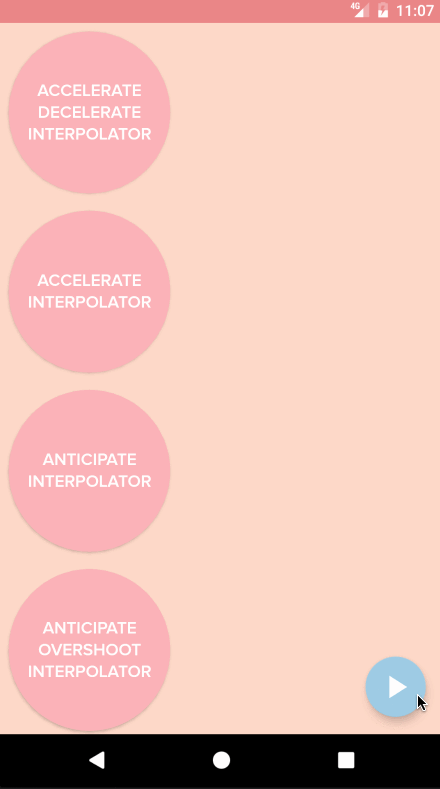 ] .right-column[ <br><br><br><br> Slow in slow out (Accelerate/decelerate) Slow in (Accelerate) Anticipate (back up slightly, then accelerate) Anticipate Overshoot (same, then go too far and slow down) ] --- name: inverse layout: true class: center, middle, inverse # Understanding People --- layout:false # HSV RGB matches the eye (rods & cones, red green and blue) HSV is much better for *people* - Hue: Dominant wavelength of light - Saturation: Purity (how much white/black mixed in) - Value: Luminance or amount of light in color = max(R,G,B) --- .left-column[ ## Example Short Answer Exam Question 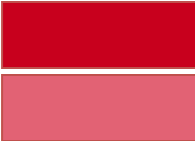 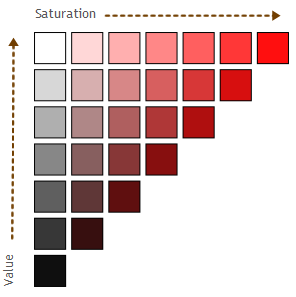 ] .right-column[ # Compare the following colors using HSV Which is correct? - A: Top color has different *hue* than bottom color - B: Top color has higher *saturation* than bottom color - C: Top color has higher *value* than bottom color ] ??? B: Saturation --- # Know your speeds (order of magnitude is key thing here) < ~20ms (1/50 sec) discrete images/flashes merge into continuous perception smooth animation: 24-40 frames per second < ~100-200ms seems like “instant response” - on web a difference of 250 ms can switch people to a competitor < 1-2 seconds typically “good response time” More than 10-15 sec is typically “bad response time” --- # Recap of design tips - Don't rely on blue for small objects - Don't rely on blue for older users - Make sure that contrast is high enough - Minimize saturated colors - Use redundant cues - Make things distinct - Use small multiples - Manage expectations if you can't change response time - Replace subtle changes with obvious ones - Use well-tested visual grouping strategies - Minimize the number of options - Rely on recognition rather than recall